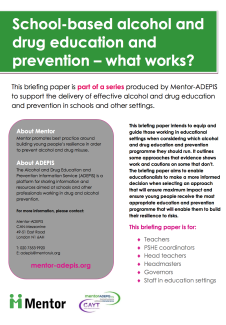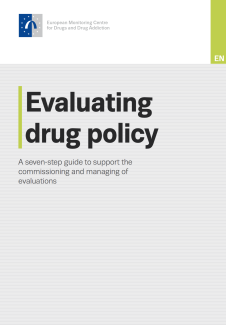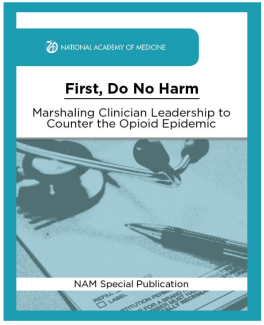“Gestaltomics”: Systems Biology Schemes for the Study of Neuropsychiatric Diseases
The integration of different sources of biological information about what defines a behavioral phenotype is difficult to unify in an entity that reflects the arithmetic sum of its individual parts. In this sense, the challenge of Systems...





